Daniel Benad, Group Vice President and Regional General Manager for Australia, New Zealand and Oceania at Rimini Street, explores how the effects of inflation and The Great Resignation in IT could cause IT cuts and how savvy CIOs can best navigate these challenges.
It feels like everywhere you look these days; you see the effects of economic headwinds impacting the average Australian organization in ways they have no control over.
Take travel, for one prominent example. Going to the airport is currently a game of chance. On any given day you may see staff shortages resulting in queues of travelers snaking outside the terminal waiting to pass security and bags being left behind or disappearing as there aren’t enough workers to load them. Or you may be hit with higher ticket prices which have increased to match rising fuel costs and demand. In some cases, your flight may just be flat-out cancelled.

The aviation sector is not alone in feeling effects largely out of its control: the dual headwinds of a talent shortage and inflation are conspiring to potentially plunge the world into another recession, so soon after it just emerged from one driven by the pandemic.
The IT departments of Australian organizations may soon feel the pinch if they haven’t already. The skills shortage is something that has been well known even prior to the pandemic, but locked borders created pent-up demand for skilled migrants to fill the gap.
The OECD reports Australia has the second highest talent shortage in the developed world behind only Canada, while additional research unveiled that while the IT sector is booming with Australia’s tech workforce growing 8% in 2021 (compared to the national growth average of 3.4%), a shortage of about 260,000 workers may emerge by 2025. Furthermore, Australia’s unemployment rate just hit a 48-year low (3.4%), meaning available applicants are few and far between.
At a time when IT skills are needed more than ever and job openings are increasing, it’s not only harder to find talent, but also to retain it: recent ABS data show that the Information, Media and Telecommunications sector (encompassing IT) has seen turnover of 10.1% so far (to Feb 2022).
Many who left jobs were able to find higher-paying roles, with additional reports citing figures that the shortage and demand for talent is driving up starting salaries by 20-30%. When people speak of ‘The Great Resignation,’ they can refer to the IT sector in Australia as evidence that it’s arrived on our shores.
Meanwhile, inflation is driving the cost of doing business higher. Supply chain issues are one of the key drivers of inflation, which is already at 6.1% as of June 2022. Everything from fuel to logistics and even the costs of IT hardware and replacement parts is affected, leading to lengthy delays and cost increases across the supply chain.
The collision of these two factors means all departments in any organization are at risk of budget cuts, including the IT department. Now, ideally budget cuts shouldn’t result in job cuts – with the talent shortage, it’s imperative organizations hold on to the talent they have.
Yet calls to cut costs in some way are likely to come and organizations which can’t control inflation or the talent shortage will look towards the thing they can control: spending.
Savvy CIOs will recognize this and begin to look at their options now, making a methodical step-by-step analysis of their environment to get ahead of the questions from the board.
Softening the blow
While belt-tightening is key, they also need to go into this phase understanding that keeping the lights on is the most important baseline aspect of their IT operations. Therefore, CIOs may need to be creative.
• Figure out the must-haves. To keep any company running, there are some mission-critical or essential IT services and skills that can’t be cut from the budget. CIOs need to quickly determine what those key systems and services are and articulate to the board the business case for the retaining of their funding.
• Align IT with business priorities. CIOs should make sure their spend on the back end agrees with the overall strategy on the front end. Now more than ever, CIOs need to understand the organization’s objectives and help leadership understand the IT costs required to help the company meet those. The CIO can’t be seen as the rogue cost center for the business, but an integral partner within the C-suite.
• Build the organization’s unique roadmap. Just because the IT vendor has a vision for how their systems or technologies will shape your future, this vision may not match yours. In short, an organization’s strategic priorities should dictate the technology it deploys and not be dictated to them by vendors. For example, software vendors often advise costly upgrades without accounting for how they will be used. A company might opt instead to retain older, still-functioning software that serves its purpose, using the savings to invest in upgrades that are truly necessary. Furthermore, organizations may be better-served spending on lower-cost third-party options for expenses such as maintenance and support rather than relying on the vendor to provide it, often at a cost greater than the service provided.
Creative CIOs would do well to get ahead of the potential for budget cuts and align with leadership on the best path forward. Ideally, this comes solely at the cost of unnecessary spending while retaining valued IT staff. Those who can cost-effectively keep the lights on while building a cost-effective roadmap that helps leadership meet its objectives will play a crucial role in helping their organizations through an unpredictable downturn.
Click below to share this article

